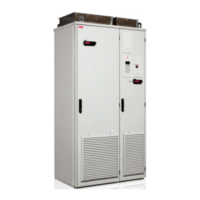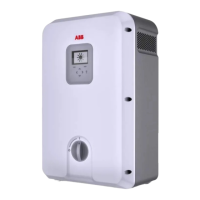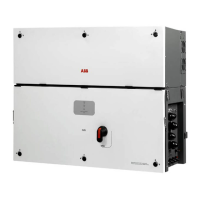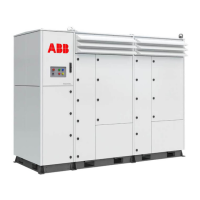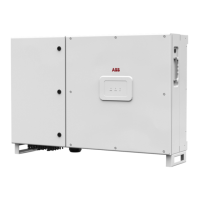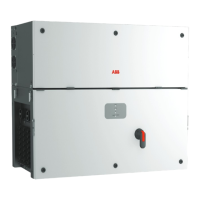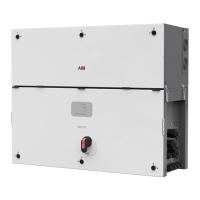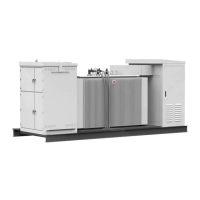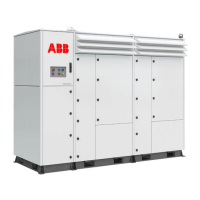34 Planning the electrical installation
Requirements for the transformer
These are the transformer requirements for any transformer connected to the AC main
supply of the inverter. This can mean a main transformer that connects the inverter to a
MV (or LV) network or an external auxiliary power transformer that is tapped to an AC
supply (possible with option +G429).
• Suitable for the network and inverter AC voltage, current and power
• Suitable for use with IGBT inverters
• Degree of protection, temperature limits and lifetime are appropriate for the
environment
• Equipped with a static grounded screen between the high and low voltage windings
• Voltage withstand level of the inverter-side winding is at least 2.0 kV against ground.
A typical voltage waveform against ground:
• If several inverters are connected to the same transformer:
• Each inverter requires a separate galvanically isolated winding.
• The impedance between the inverter windings must be more than 10%.
• Voltage rise time withstand level (du/dt) of the inverter-side winding is at least 1000 V
per microsecond against ground.
• Recommended rated short-circuit impedance (X
k
) for each inverter is 4...8%
• Withstands current DC components of at least 0.5% of the nominal rated current
preferably without using an air gap
• Withstands the worst case of 3% total harmonic distortion generated by the inverter.
ABB recommends dimensioning the transformer for at least 5% total harmonic distortion to
withstand possible outside interference from the network.
ABB recommends that the transformer is equipped with an off-load tap changer for voltage
regulation on the high-voltage side of the winding with two 2.5% step points to the plus and
minus directions.
1000
t[ms]
-200
-400
-600
-800
-1000
5
10 15
20 25
30
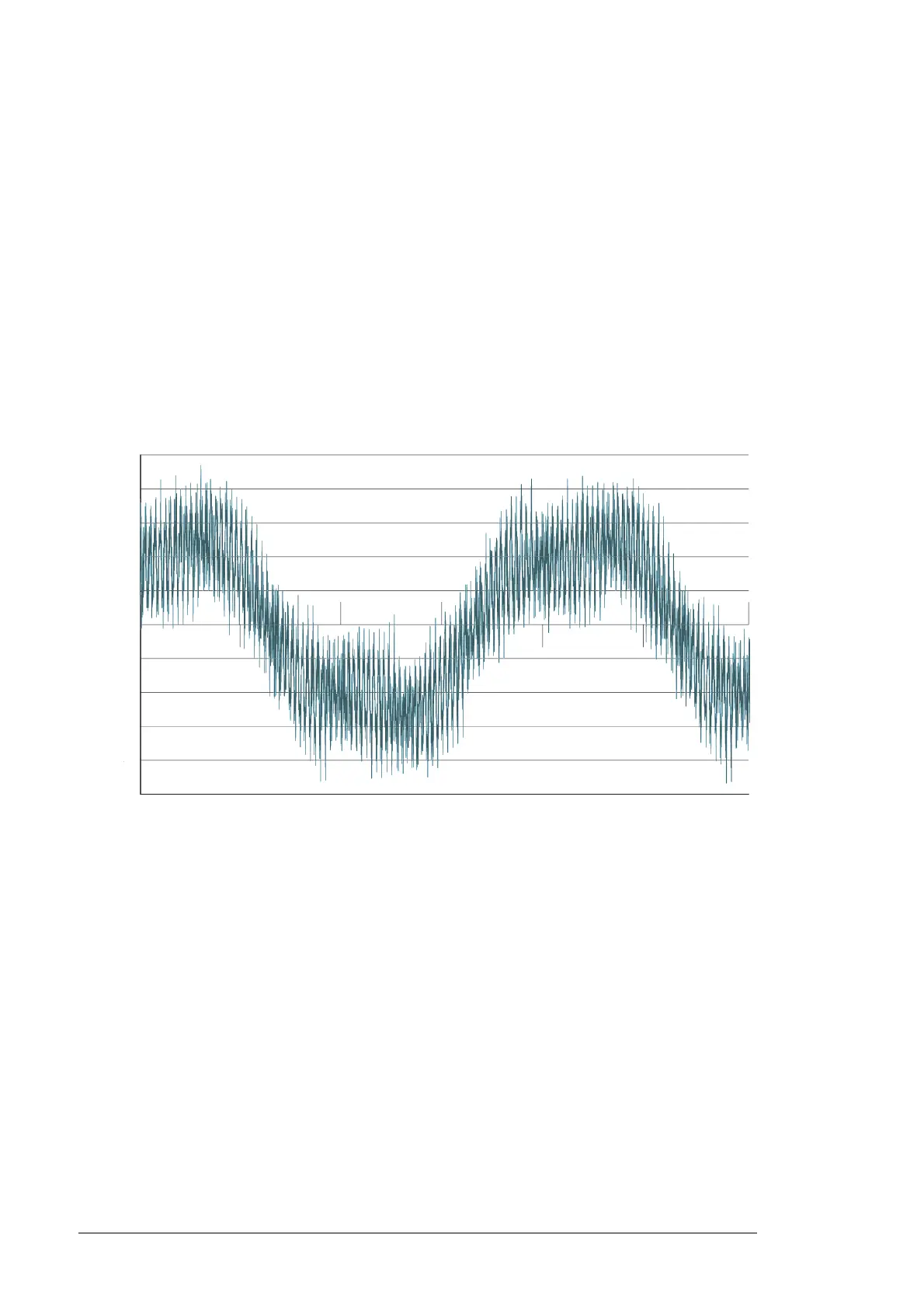